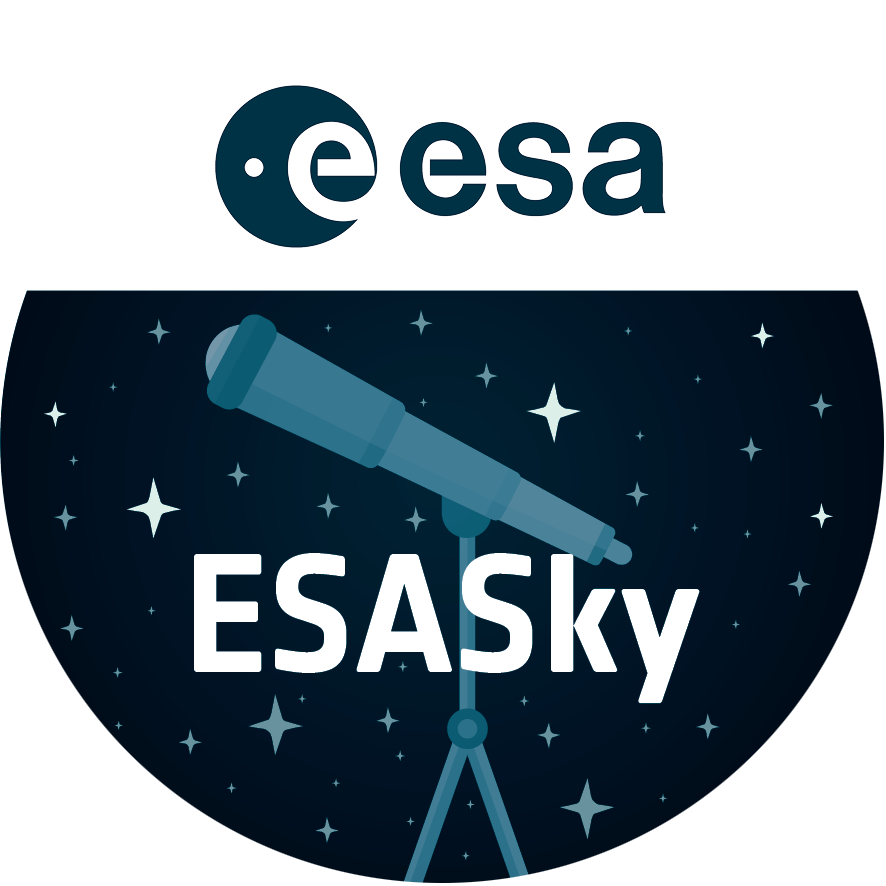
0
Declined
GAIA DR2 epoch
GAIA DR2 coordinates epoch is 2015.5 which is the native one provided by GAIA. It would be useful to provide in more usual J2000.0 or at least in addition with 2015.5
The current form can be misleading. For example you could be preparing an observation and by error assume that the coordinates are in J2000.0, the error is substancial.
Customer support service by UserEcho


Dear Pedro,
Before we add any new ESA mission data we consult and validate with the mission. In the case of the Gaia catalogue, it was decided by the Gaia mission that the best approach is to provide the coordinates in the same epoch as the catalogue: exactly the same as what is provided by the ESA Gaia archive. The issue here is that not everything in ESASky is in epoch 2000. The background images (HiPS) are in the epoch of the observations. The same with most catalogues. You can move these images to J2000 only if you know the proper motions and these are known only to Hipparcos and Gaia objects. Also there are a few hundred million Gaia DR2 sources which do not have proper motions therefore we cannot propagate them to epoch 2000 and we have the problem of either not showing them on the sky or mixing sources on the sky from the Gaia catalogue with epoch 2015.5 and epoch 2000.
In most cases the proper motions in the epoch range 2000 to 2015.5 are so small that this is not relevant (you can see this by having to zoom in on an object until a solid line appears). The dotted lines are showing a representation of the proper motion but do *not* represent the precise movement. Please see the lower part of this section for more information: https://www.cosmos.esa.int/web/esdc/esasky-interface#datapanel
If you are looking in a region with sources of high proper motion, the Gaia archive provides detailed information on how to propagate the coordinates to your desired epoch (under section ADQL syntax -> Epoch Propagation): http://gea.esac.esa.int/archive-help/index.html
I hope this all helps and answers your questions.
Kind regards,
Deborah, on behalf of the ESASky team